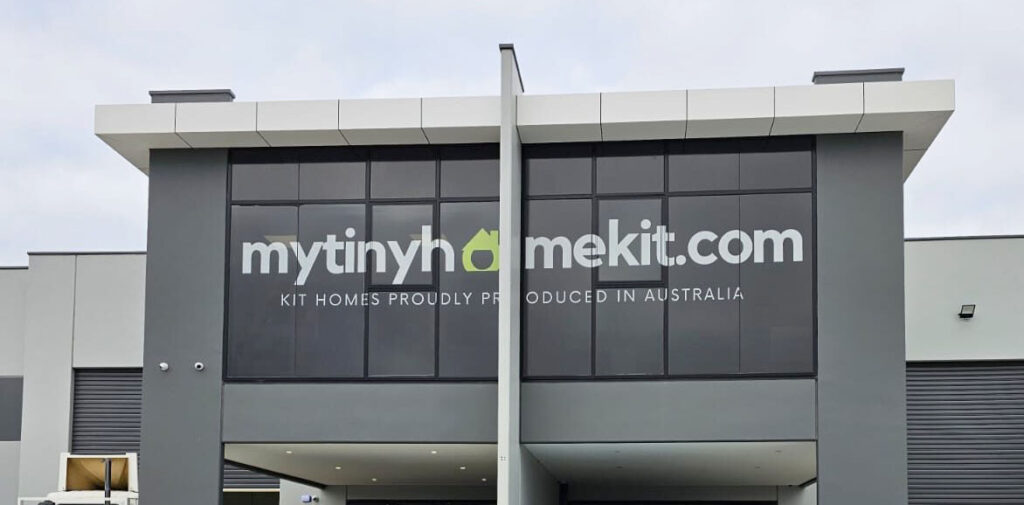Within contemporary housing solutions, the tiny house has emerged as a notable alternative to conventional living. These are small homes, typically under 60 sq/m in size. They have gained increased attention for their potential to address several challenges in the housing sector. Let’s look at their practicality and potential, examining their key features, benefits, and considerations.
The Industry is Not All Good

Like other industries, the Tiny House market should be approached with caution, carefully vetting your supplier.
In recent news, one Tiny House manufacturer, MyTinyHomeKit from Melbourne, and it’s owner Spencer Porter have been accused of scamming over 40 people out of more than $1 million by never supplying the kits they sold.
At their core, tiny houses represent a departure from the spaciousness that characterises traditional homes. Instead, they embrace compactness and efficiency, aiming to maximise functionality within a minimal footprint. This design philosophy is evident in their layout, which often prioritise multi-functional spaces and clever storage solutions. From loft bedrooms to fold-out furniture, every inch of a tiny home is thoughtfully utilised to accommodate essential living needs.
The Tiny House is an Affordable Alternative
One of the primary attractions of tiny homes is their affordability. With housing affordability becoming an increasingly pressing issue in Australia, particularly in it’s urban centres such as Sydney and Melbourne, the cost-effectiveness of tiny homes holds ane appeal for individuals and families on a low budget. By virtue of their smaller size and simplified construction, tiny homes typically require less material and labour, resulting in lower overall costs compared to traditional homes.
Reduced Upkeep and Costs
The affordability of tiny houses extends beyond the purchase price. As they are compact dwellings, they are designed to be energy-efficient, with insulation, passive solar design, and energy-efficient appliances helping to minimise expenses and environmental effects. The smaller size of tiny houses often translates to reduced maintenance and upkeep, which contributes to long-term cost savings for homeowners.
A Sustainable Approach
In addition to affordability, tiny houses offer a more sustainable approach to housing. With growing concerns about the environment and resource depletion, the need for eco-friendly living has never been more pressing. Tiny houses address this need by minimising their environmental impact. By embracing principles of sustainability, tiny house dwellers can significantly reduce their carbon footprint and live more harmoniously with the natural world.


